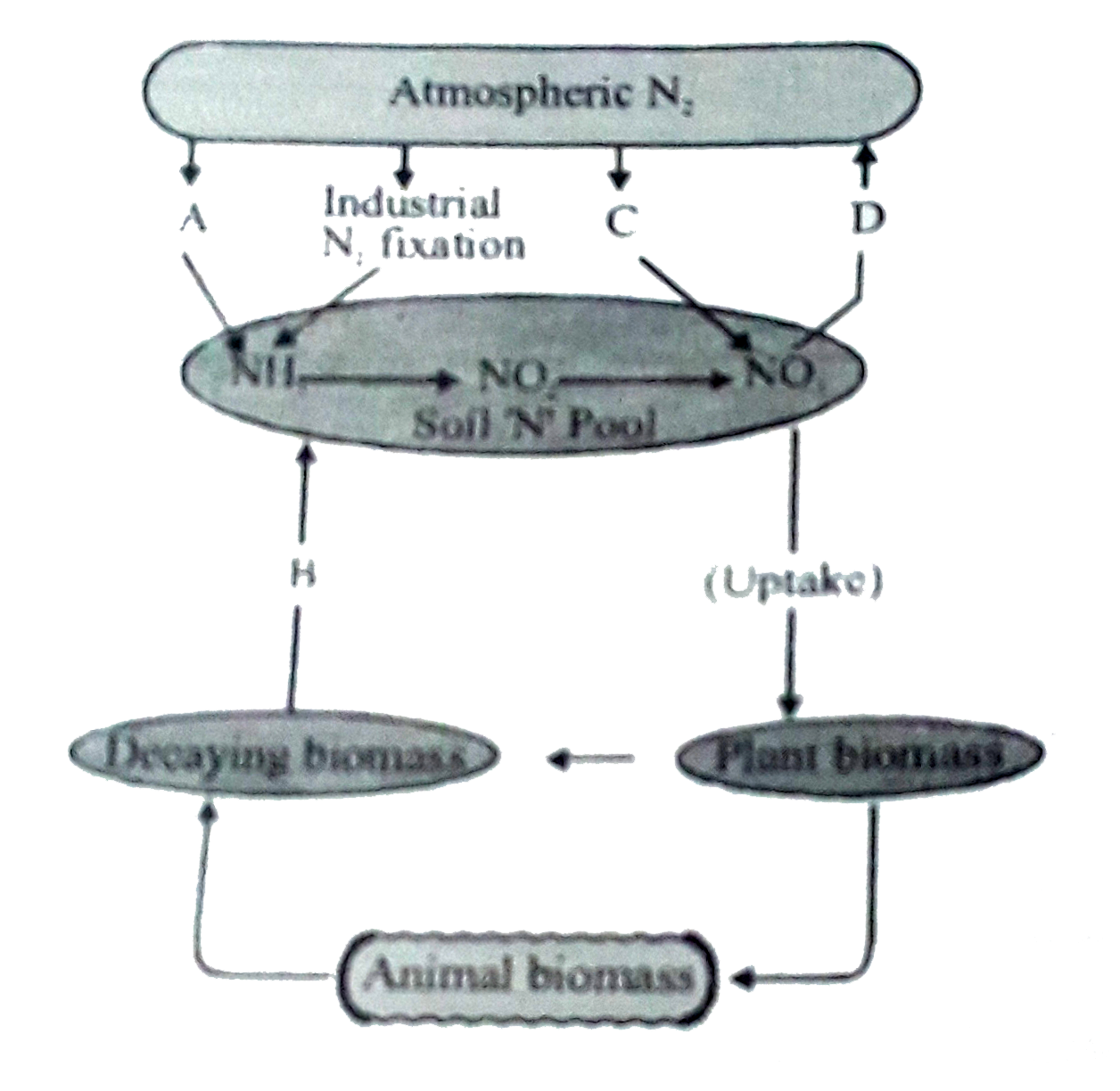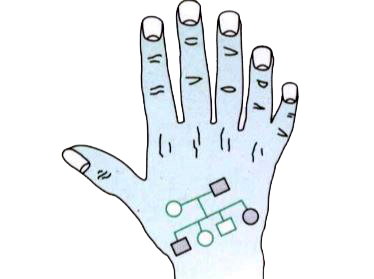An analysis of the xylem exudates shows that much of the nitrogen travels as
Inorganic ions
Nitrate and nitrites
Organic form i.e., amino acids and amides
Molecular nitrogen
The correct Answer is:C
To solve the question regarding the form in which nitrogen travels in xylem exudates, we can follow these steps:
1. Understanding Xylem Exudates:
- Xylem exudates are the fluid that is released from the xylem tissue of plants. This fluid contains various nutrients and compounds that are transported from the roots to other parts of the plant.
2. Identifying Nitrogen Forms:
- Nitrogen can be present in various forms in plants, including inorganic forms (like nitrate and nitrite) and organic forms (like amino acids and amides).
3. Analyzing the Options:
- The question mentions different forms of nitrogen: inorganic ions (like nitrate and nitrite), organic forms (like amino acids and amides), and molecular nitrogen.
4. Focusing on Organic Nitrogen:
- Among the organic forms, amino acids (e.g., glutamine and asparagine) are significant as they are commonly involved in nitrogen transport and storage in plants.
5. Conclusion:
- Based on the analysis, it is concluded that much of the nitrogen in xylem exudates travels in the form of organic compounds, specifically as amino acids and amides.
Final Answer:
Much of the nitrogen in xylem exudates travels as organic forms, specifically amino acids and amides.
---
- Xylem exudates are the fluid that is released from the xylem tissue of plants. This fluid contains various nutrients and compounds that are transported from the roots to other parts of the plant.
- Nitrogen can be present in various forms in plants, including inorganic forms (like nitrate and nitrite) and organic forms (like amino acids and amides).
- The question mentions different forms of nitrogen: inorganic ions (like nitrate and nitrite), organic forms (like amino acids and amides), and molecular nitrogen.
- Among the organic forms, amino acids (e.g., glutamine and asparagine) are significant as they are commonly involved in nitrogen transport and storage in plants.
- Based on the analysis, it is concluded that much of the nitrogen in xylem exudates travels in the form of organic compounds, specifically as amino acids and amides.
Much of the nitrogen in xylem exudates travels as organic forms, specifically amino acids and amides.
Topper's Solved these Questions
- TRANSPORT IN PLANTS BOOK - AAKASH INSTITUTE ENGLISHCHAPTER - TRANSPORT IN PLANTS EXERCISE - Assignment (Section B) Objective type
30 Videos
- TRANSPORT IN PLANTS BOOK - AAKASH INSTITUTE ENGLISHCHAPTER - TRANSPORT IN PLANTS EXERCISE - Assignment (Section C) Previous Year Questions
37 Videos
- TRANSPORT IN PLANTS BOOK - AAKASH INSTITUTE ENGLISHCHAPTER - TRANSPORT IN PLANTS EXERCISE - Exercise
30 Videos
- THE LIVING WORLDBOOK - AAKASH INSTITUTE ENGLISHCHAPTER - THE LIVING WORLDEXERCISE - TRY YOURSELF
44 Videos
Similar Questions
Knowledge Check
On a warm summer day the transpiration pull is the main force that drives from root parenchyma into the root xylem. The table shows values of Ψρ(pressure potential ) and Ψs(solute potential) in root xylem and root parenchyma , in kPa. In which of the options (a-d) would tranpiration pull cause water to move from root parenchyma into the root xylem?
ARoot parenchymaRoot xylemΨp ΨsΨp Ψs200 -190-200 5BRoot parenchymaRoot xylemΨp ΨsΨp Ψs-200 22065 -5CRoot parenchymaRoot xylemΨp ΨsΨp Ψs200 -22065 -5DRoot parenchymaRoot xylemΨp ΨsΨp Ψs200 -220-65 -5
Using dimensional analysis show that if the units of length and force are each doubled, the units of energy is increased four times?
View SolutionGive the experimental evidences which show that
cathode rays travel in straight lines.
View SolutionStudy the given figure of nitrogen cycle that shows the relationship between the three main nitrogen pools-atmosphere, soil and biomass and find labelled part A,B,C & D

View SolutionThe cross section of a plant material shows the following anatomical features under microscope:
(a) usually more than sixe xylem bundles with exarch xylem
(b) pitch is large and well developed
(c) Radial arrangement of xylem and phloem bundles.
The plant material should be,
View SolutionThe given figure of a human shows a pedigree analysis. Answer the following questions based on the figure.

In the pedigree which character is represented?
View SolutionMinerals absorbed by the roots travel up the xylem. How do they reach the parts where they are needed most? Do all the parts of the plant get the same amount of minerals?
View SolutionMinerals absorbed by the roots travel up the xylem. How do they reach the parts where they are needed most ? Do all the parts of the plant get the same amount of the minerals ?
View Solution